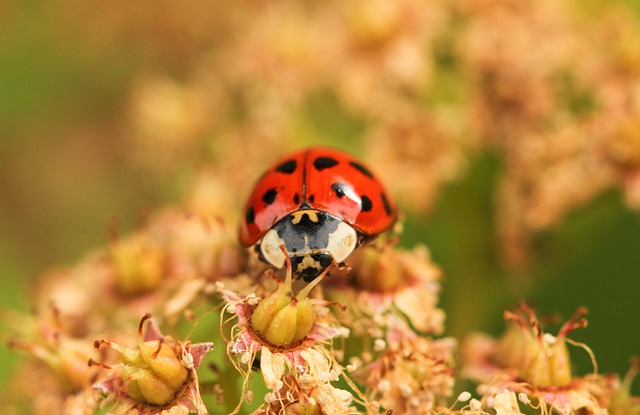Combatting Invasive Species: A Threat to Deforestation, Environment, and Climate Change
Invasive species are like stealthy saboteurs infiltrating our ecosystems, quietly wreaking havoc on our environment. They disrupt the delicate balance of nature, posing a significant threat to biodiversity, deforestation, and ultimately contributing to climate change. Understanding the implications of these invaders is crucial for the health of our planet.
The Ripple Effect on the Environment
Invasive species often outcompete native plants and animals, leading to a decline in biodiversity. When a non-native species is introduced to an ecosystem, it can disrupt food chains, alter habitats, and displace native species. This loss of biodiversity not only impacts local wildlife but also affects the ecosystems we rely on for clean air, water, and healthy soil. For example, the introduction of certain fish species can devastate local aquatic life, causing a snowball effect that devastates entire ecosystems.
Deforestation: A Vicious Cycle
As invasive species thrive unchecked, they can promote deforestation. Invasive plants may choke out native trees or shrubs, reducing forest cover and putting stress on local wildlife that depends on these habitats. Additionally, the loss of trees means less carbon is absorbed from the atmosphere, exacerbating climate change. It creates a vicious cycle where more deforestation allows for even greater opportunities for invasive plants to spread, further diminishing our forests.
Climate Change Compounded
Climate change is already straining our ecosystems, and the presence of invasive species can intensify these effects. Warmer temperatures often provide a more favorable environment for non-native species, allowing them to establish and spread more rapidly. This exacerbates the challenges we face in mitigating climate change. Healthy ecosystems help regulate the climate, but as invasive species take hold, the ability of these systems to sequester carbon diminishes.
Taking Action Against Invasive Species
Combatting invasive species requires a concerted effort from individuals, communities, and governments alike. Education and awareness are vital first steps. By understanding which species are invasive in our regions and how they affect our local ecosystems, we can take proactive measures to prevent their spread. Engaging in community clean-up activities, supporting local conservation efforts, and advocating for policies that protect native habitats are all crucial actions we can take.
Furthermore, restoring native habitats not only helps in diminishing the impacts of invasive species but also promotes biodiversity and strengthens our ecosystems against the effects of climate change. Every tree planted, every native plant nurtured, and every action taken to preserve our environment contributes to a healthier planet.
As custodians of our environment, it’s our responsibility to combat invasive species and protect the delicate balance of our ecosystems. By standing up against these invaders, we can contribute to a sustainable future. Together, let’s foster a world where native species thrive, forests flourish, and our planet remains a resilient and beautiful place for generations to come.




